

Perhaps you’ve heard people talking about online banking, but you weren’t sure if it’s for you. Online banking is very common nowadays, and it’s very easy to set up! In this article, we’ll show you how to get started.
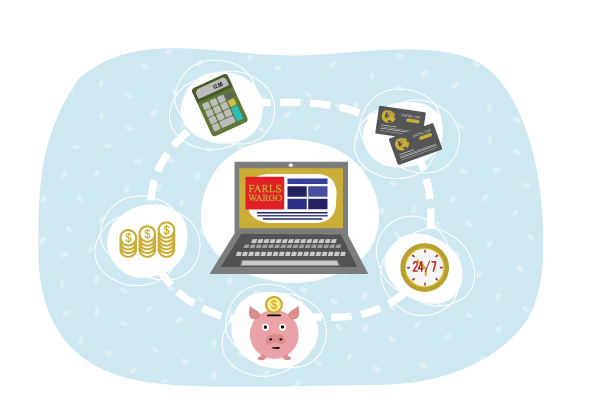
Simply put, online banking means using a computer or mobile device to transfer money, pay bills, view your account balance, or do almost any other banking activity. Generally, if you already have a bank account, you’ll want to set up online banking with the same bank. Most well-known banks make it easy to do this from your home computer.
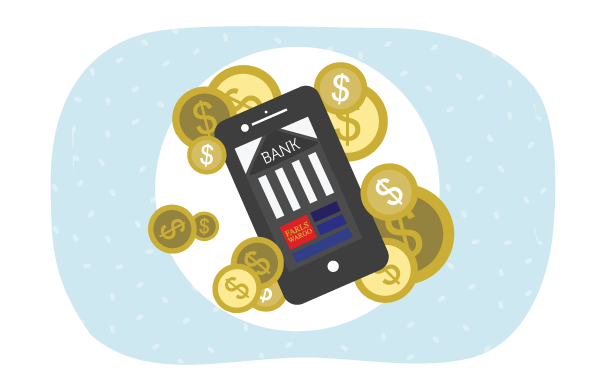
Online banking has many advantages:
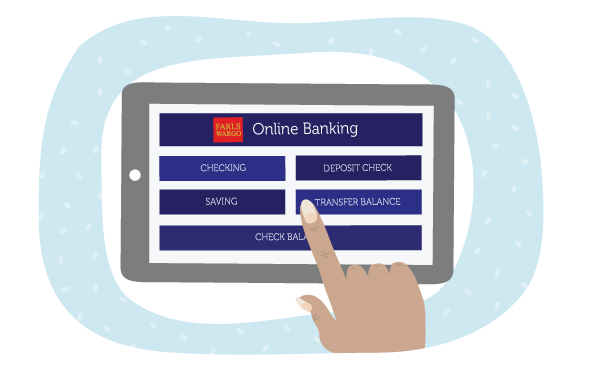
On the other hand, it does have some disadvantages:
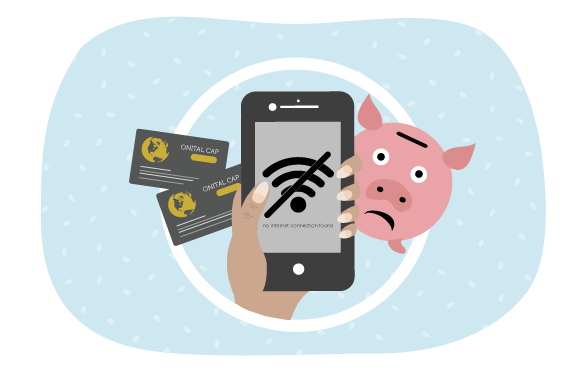
If you decide you’re interested in online banking, here are a few steps you’ll want to take to get started:
Google the name of your bank to find its website.
Create an online account. Even if you already have a bank account, you’ll need to create a user name and password so you can log in. Make sure to choose a strong password—you don’t want strangers accessing your bank account!
Once you create an account and log in, familiarize yourself with the different options. Most banks allow you to check your account balance, transfer money between accounts, view bank statements, and much more.
If you have a mobile device, download your bank’s app, then log in with the same user name and password you created earlier.
See if your bills can be paid online. Chances are, most (if not all) of your utility companies allow you to set up online bill payments. You can also set up automatic payments to ensure your bills are paid on time.
Set up direct deposit for paychecks. Many workplaces can deposit your paychecks directly into your account each pay period.
That’s it! Now that your online banking is set up, you can begin enjoying its many advantages.
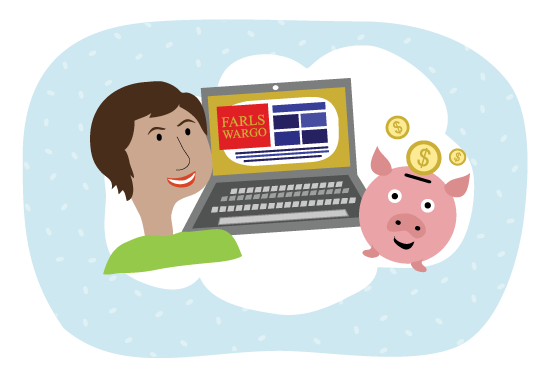
/en/online-money-tips/how-to-pay-your-taxes-online/content/